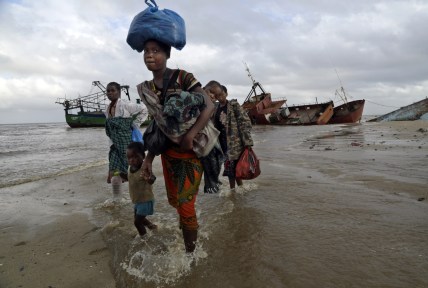“The continent, at large, is in a climate risk blind spot,” University of Cambridge researcher Asaf Tzachor says
NAIROBI, Kenya (AP) — Much of the world takes daily weather forecasts for granted. But most of Africa’s 1.3 billion people live with little advance knowledge of what’s to come. That can be both deadly and expensive, with damage running in the billions of dollars.
The first Africa Climate Summit opens Monday in Kenya to highlight the continent that will suffer the most from climate change while contributing to it the least. Significant investment in Africa’s adaptation to climate change, including better forecasting, will be an urgent goal. At the heart of every issue on the agenda, from energy to agriculture, is the lack of data collection that drives decisions as crucial as when to plant — and when to flee.
The African continent is larger than China, India and the United States combined. And yet Africa has just 37 radar facilities for tracking weather, an essential tool along with satellite data and surface monitoring, according to a World Meteorological Organization database.

Europe has 345 radar facilities. North America, 291.
“The continent, at large, is in a climate risk blind spot,” said Asaf Tzachor, a researcher at the Center for the Study of Existential Risk at the University of Cambridge. In August, he and colleagues warned in a commentary for the journal Nature that climate change will cost Africa more than $50 billion every year by 2050. By then, Africa’s population is expected to double.
Source: As Africa opens a climate summit, poor weather forecasting keeps the continent underprepared